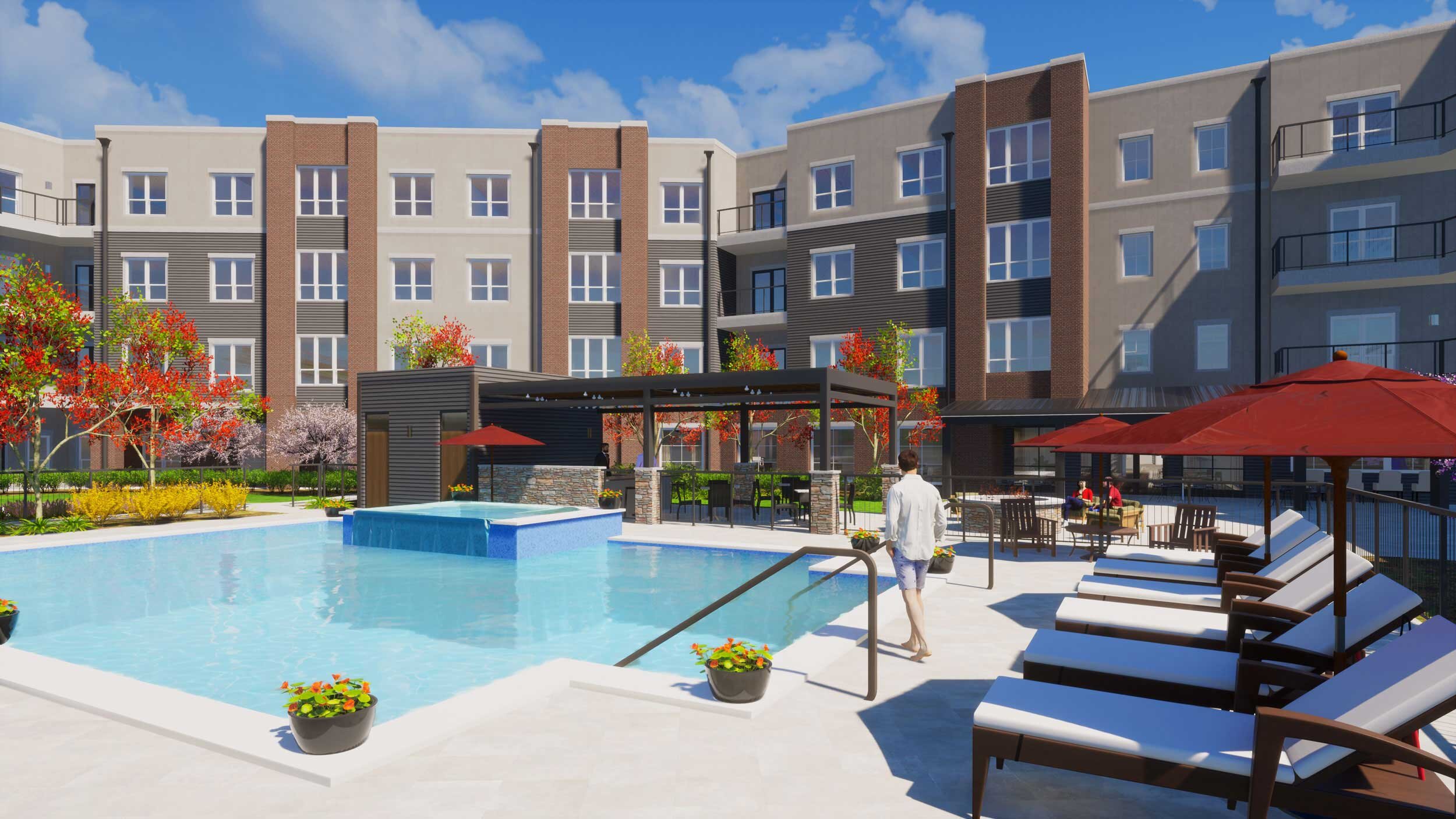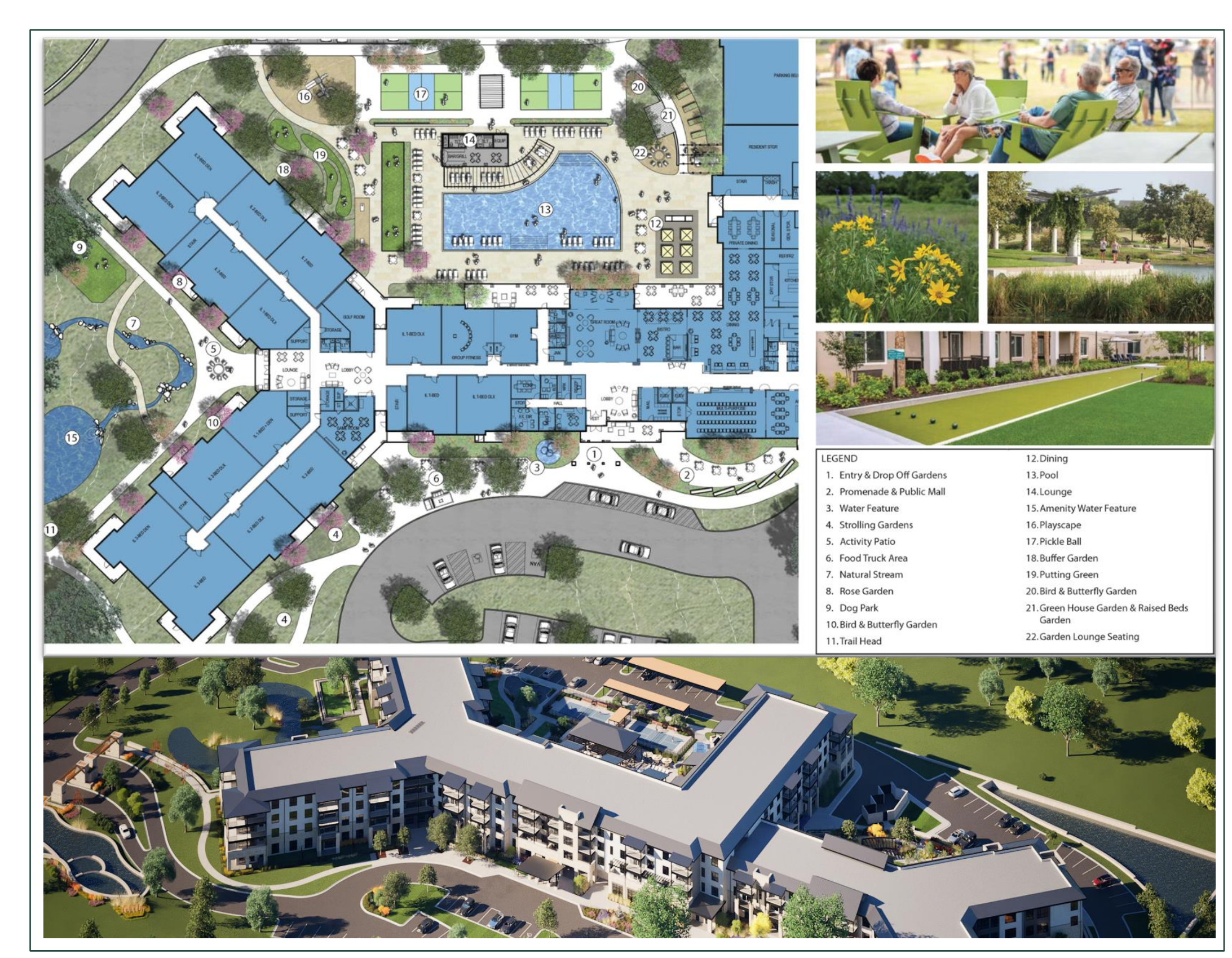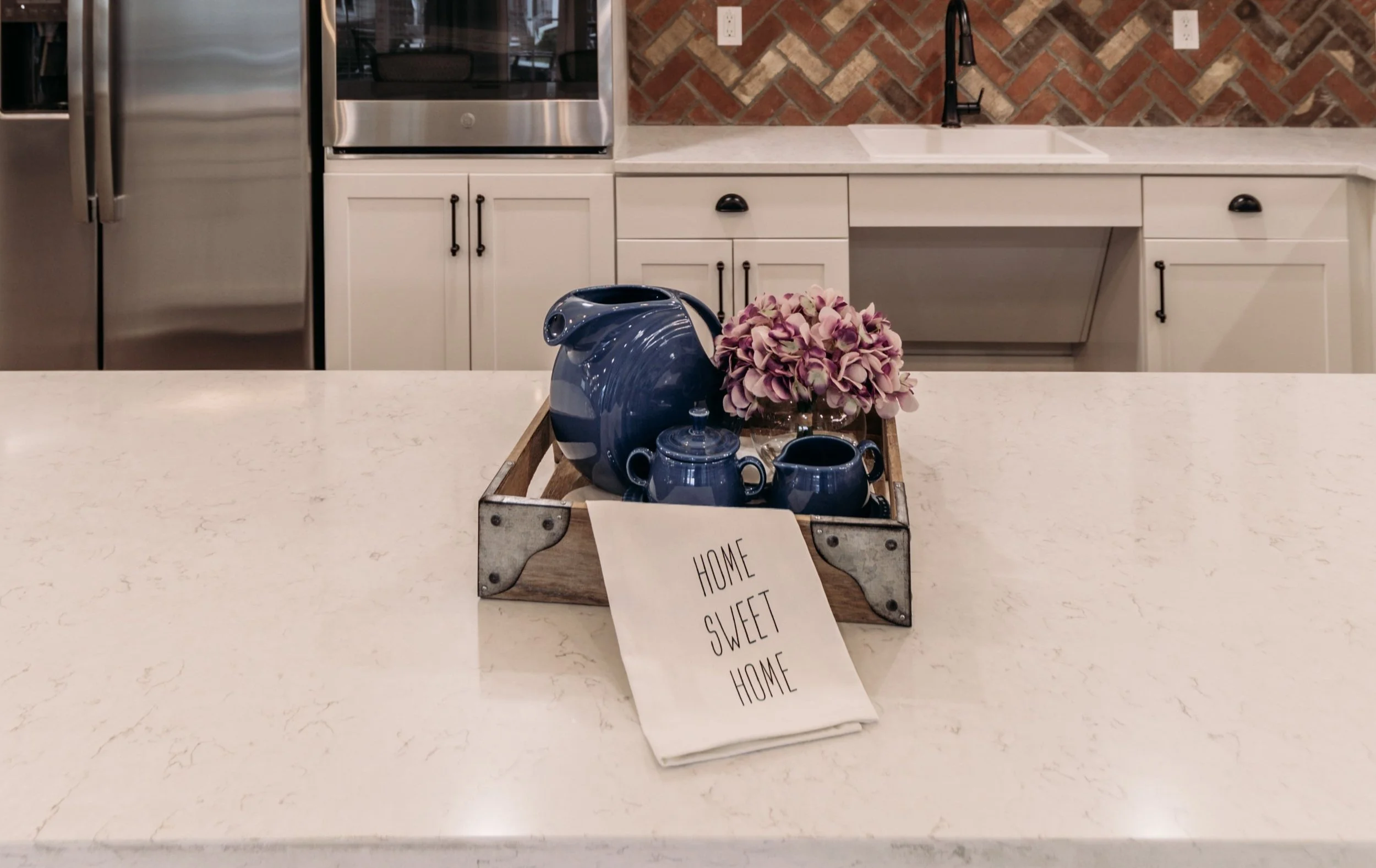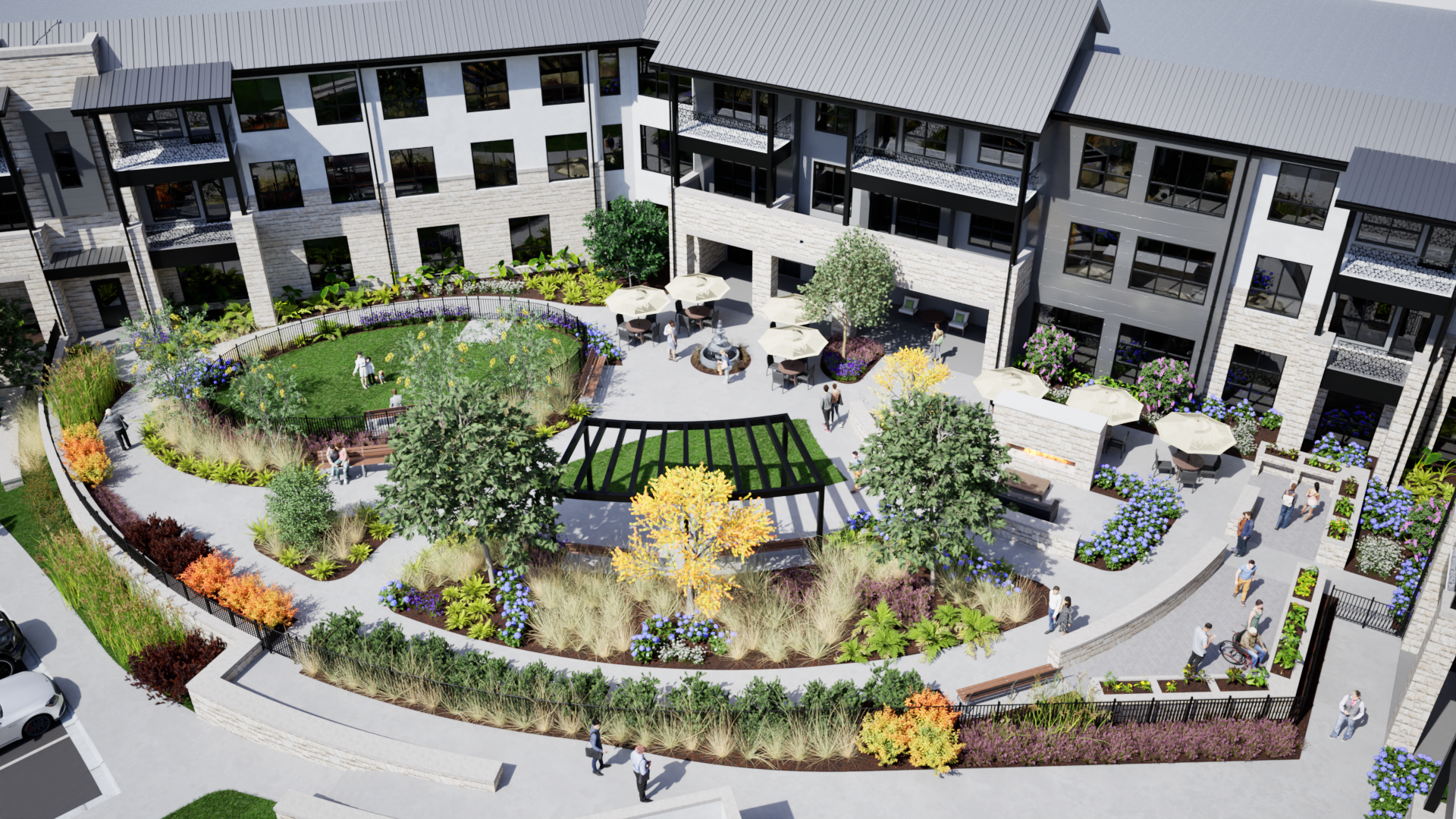From Armoires to Art to Arboretums: Enhancing Resident Wellbeing Through Design
The leaders and designers of senior living communities should be attuned to the psychological needs of the residents to provide them with the highest quality of life. The importance of this TOOK center stage during the past year.
Senior living community and long-term care facility leaders must be attuned to the psychological needs of the people who will live there. This means focusing on creating homes, living spaces, and social areas that encourage residents’ ability to function, thrive, and enjoy the best possible quality of life. Here are a few key elements for psychologically sound senior and long-term care living.
Open community spaces for socialization. Senior living design must incorporate open, safe spaces, indoors and outdoors, that encourage and enable social stimulation to occur continuously. It is important to create spaces for different kinds of interactions. For instance, some residents want to be front and center. Others want to be involved, but not be front and center; and some want to observe and then join in slowly. It is essential to have spaces with different vantage points so people can choose whether or not and how much to engage.
Influential color schemes. Colors can impact appetite. It is important to understand how colors can affect resident’s nutritional intake in efforts to avoid unintended weight loss. For instance, oranges and reds have been shown to increase appetite. In fact, red activates appetite so much that restaurants often use it on menus, walls, and tablecloths. Some studies have found that yellow stimulates appetite, possibly because the color is associated with happiness. Specifically, the brain has been shown to secrete more serotonin when a person sees yellow. Blue has been found to be an appetite suppressant. For instance, studies have suggested that people snack less if there is a blue light in the refrigerator. Colors shown to reduce anxiety and promote a calming atmosphere include blues, greens, blue-greens, lavenders, and soft pinks.
Natural lighting. Interior lighting is critical to helping the body know what time of the day it is. It’s essential to have access to natural lighting to improve mood and stabilize circadian rhythms. Spending long periods of time indoors can cause fragmented sleep and unhealthy changes in the sleep cycle. An abundance of non-fluorescent interior lighting and windows that invite natural light are key. Light also can help decrease depression scores and increase cognitive performance.
Furniture selection. Residents should feel secure knowing that they will be able to go from sitting and standing comfortably. This increases their sense of independence and confidence. For this, armrests and an upright, firm, and supportive seat back are essential, while deep seating should be avoided. Furniture in common areas should be easy to move to enable group activities and ensure resident comfort and safety.
Aiding balance. The constant fear of falling can be psychologically debilitating for residents and limit their mobility and engagement. Handrails with a distinct color contrast from surrounding elements are essential. When possible, the style and design of these assistive features should be attractive and harmonious with the building design. Like all of us, residents don’t want to constantly be reminded of their limitations and disabilities.
·Nurturing biophilia. Biophilia refers to the human affinity to make connections with nature and other forms of living elements. Nature has a positive influence on the health and well-being of an individual. Providing views of the outdoors through windows or strategically placed artwork can benefit residents.
The great outdoors. There is no substitute for fresh air and sunshine, so there should be easy and safe access to outdoor spaces. Covered patios, outside heating and fans, special lighting, and other elements enable residents to enjoy the outdoors in the evenings and all year long.
Alluring art. Artwork can affect mood, not just through color but also through the subject matter. Art that features subjects that are familiar to the local area enhances resident’s sense of security and joy. Art can have a calming effect, and some healthcare facilities have artists paint ceiling tiles to place in exam rooms. Keep in mind to be cautious of art that could be interpreted as scary or prompt moods of anguish, such as pieces that appear as an optical illusion.
At Pi, we have an expert team to design a building or community that is functional and beautiful as well as the emotional, psychological, and physical needs of residents. Contact us today to start your journey to great design that attracts more residents.
Contact us here or call us at 512-231-1910.


















